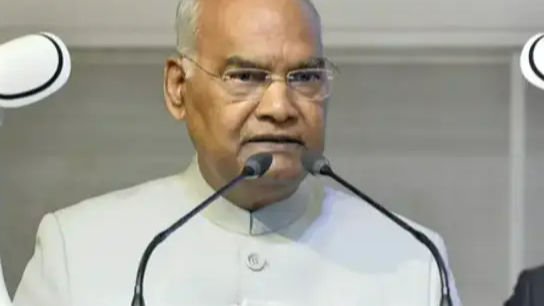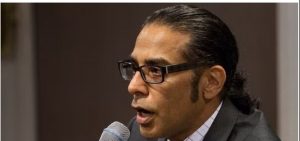The presidential
election season has arrived in India and political parties are busy finding
candidates and building consensus among lawmakers across the board. President
Ram Nath Kovind’s term ends July 24 and the presidential elections are
scheduled to be held on July 18. Votes will be counted on July 21.
Ram Nath Kovind’s
ascension to the top post in 2017 was a critical moment for Indian politics.
Kovind, a long-time member of the Bharatiya Janata Party (BJP) and a lawyer,
was the first Dalit President of India. Now, the BJP is in consultation with
lawmakers to find a consensus candidate while opposition leaders are trying to
nominate a united candidate.
Who can become the
President of India?
The President’s
post is the top job in the Indian executive. Well becoming of the world’s
largest democracy, any Indian citizen can be the President of India. In order
to become President, a person must be at least 35 years of age, and should have
the requisite qualifications to become a member of the Lok Sabha.
Also Read | With Sharad Pawar out, who will be the Opposition candidate for Presidential polls?
Additionally, in
order to contest presidential elections, the candidate needs the support of at
least 50 proposers and seconders, who can be state or national public
officials. This provision was introduced later in order to flush out fake or
non-serious candidates.
How is the President
of India elected?
The President of
India is elected by all elected lawmakers from the Lok Sabha, Rajya Sabha and
the state legislative assemblies. There are currently 776 members of Parliament
– 546 in Lok Sabha and 233 in Rajya Sabha – along with 4,809 members from state
legislatures and the Union Territories of Delhi and Puducherry. They together
form the electoral college.
For every MP’s vote, the value
is set at 708. For MLA’s, the value per vote depends upon the population of a
state. An MLA from Uttar Pradesh has the highest value of 208. Smaller states
such as Punjab have their MLA’s votes weighted 118.







